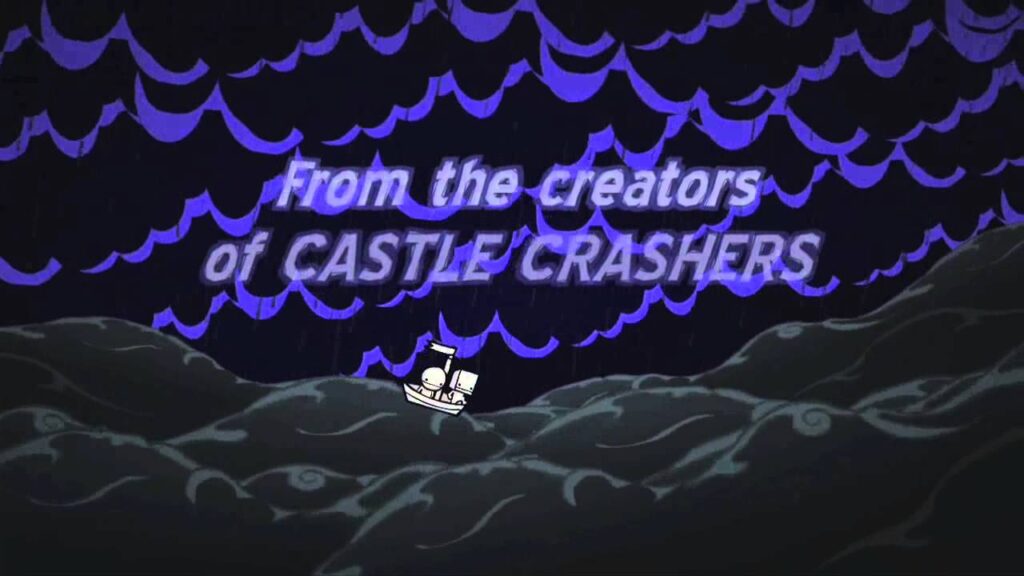Barnaby Dixon: Mastering the Art of Puppetry
Summary
In this Q&A session, we explore the world of puppetry with Barnaby Dixon, a skilled puppeteer known for his lifelike and intricate puppet movements. Barnaby shares his passion for puppetry, his creative process, and his advice for upcoming puppet creators.
Table of Contents
- Introduction
- What inspired you to pursue puppetry?
- How has your background in stop-motion animation influenced your puppetry style?
- Can you walk us through your creative process for designing a puppet?
- How do you create realistic movements and gestures for your puppet characters?
- What role does technology play in your puppetry?
- Tell us about your most iconic puppet creation, the Dabchick. How did you come up with the idea?
- What is your favorite part of the puppetry process?
- How do you know when a puppet is fully developed and ready for the stage?
- What advice do you have for aspiring puppet creators?
- Conclusion
Introduction
Puppetry is a fascinating art form that has delighted audiences for centuries. The ability to bring characters to life through puppetry relies on skill and creativity, and Barnaby Dixon is a master of both. His puppets are unique and intricate, with lifelike movements that captivate audiences. In this Q&A, we get to know Barnaby and explore his creative process.
What inspired you to pursue puppetry?
Barnaby shared that his love for puppetry started at a young age when his parents introduced him to Sesame Street. He was fascinated by the characters and how they could communicate with people. This fascination grew into a love for puppetry, and he started experimenting with creating his own puppets as a child.
How has your background in stop-motion animation influenced your puppetry style?
Barnaby revealed that his experience in stop-motion animation has helped him understand movement and anatomy. By understanding how real-life creatures move, he can create convincing puppet movements. Additionally, his experience in stop-motion has given him a unique style of puppetry that blends elements of animation and puppetry.
Can you walk us through your creative process for designing a puppet?
Barnaby starts by brainstorming the concept for the character he wants to create. He then sketches out the design and creates a 3D model of the puppet. Once he has the basic shape, he starts to add mechanisms to create specific movements. He then refines the design until he is happy with the final product.
How do you create realistic movements and gestures for your puppet characters?
According to Barnaby, creating realistic movements requires an understanding of anatomy and physics. He believes in creating characters with a believable center of mass, and he uses sympathetic motion to give his puppets a sense of weight and realism. Additionally, he pays close attention to how muscles and joints move and works to replicate these movements in his puppets.
What role does technology play in your puppetry?
Barnaby explained that technology has allowed him to push the boundaries of what is possible in puppetry. He uses 3D modeling software to design his puppets and create complex mechanisms. Additionally, he uses a screen on the face of his Dabchick puppet to stream his face in real-time, which allows him to exaggerate his facial expressions and make the character more lifelike.
Tell us about your most iconic puppet creation, the Dabchick. How did you come up with the idea?
The Dabchick is a unique puppet that features a screen on its face, which broadcasts Barnaby’s face in real-time. According to Barnaby, the character was inspired by a dream he had where he controlled a puppet in real-time. He liked the idea of blending technology and puppetry and worked to bring the Dabchick to life.
What is your favorite part of the puppetry process?
Barnaby shared that his favorite part of the puppetry process is seeing his characters come to life. He enjoys sharing his creations with people and seeing their reactions. Additionally, he loves the problem-solving aspects of puppetry and figuring out how to create specific movements and mechanisms.
How do you know when a puppet is fully developed and ready for the stage?
Barnaby knows a puppet is fully developed when it can move in a convincing and lifelike way. He pays close attention to the details and puts himself in the shoes of the character. If he can make the puppet move in a way that feels natural and believable, then he knows it’s ready for the stage.
What advice do you have for aspiring puppet creators?
Barnaby advises upcoming puppet creators to experiment and try to figure out what more they can contribute to the art form. He also suggests taking risks and not being afraid to push the boundaries of what is possible in puppetry. Additionally, he emphasizes the importance of practice and dedication, as it takes time and effort to master this craft.
Conclusion
Puppetry is an art form that requires creativity, skill, and dedication, and Barnaby Dixon is a master of this craft. His unique style and attention to detail have garnered him a dedicated following, and his passion for puppetry is evident in his work. We hope this Q&A has provided insight into the world of puppetry and inspired future puppet creators to push the boundaries of this art form.







